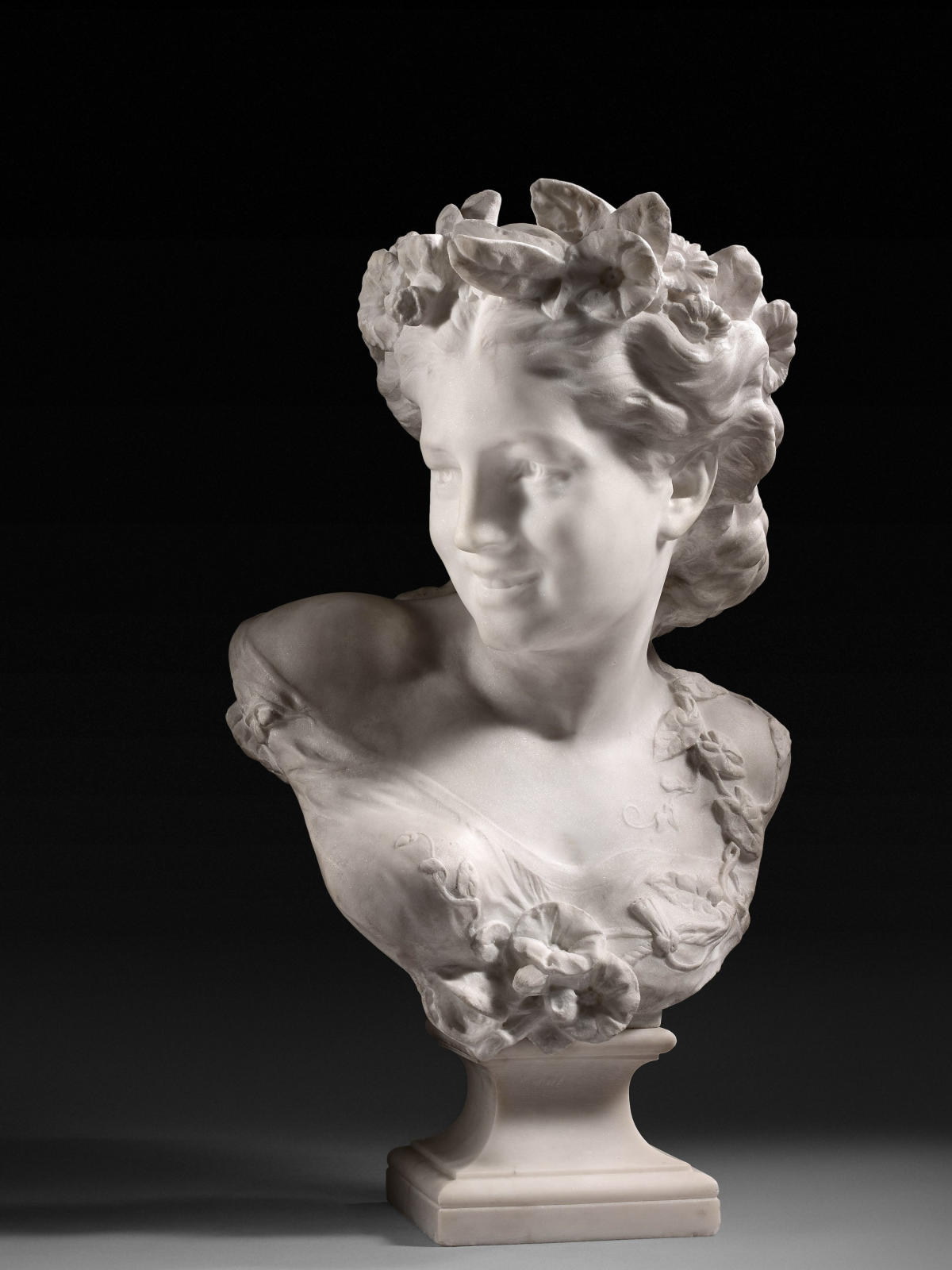artist
The son of a humble bricklayer Jean-Baptiste Carpeaux was one of the greatest sculptors of the nineteenth century during the Second Empire under Napoleon III. Initially trained under the Romantic sculptor Francois Rude at the Ėcole des Beaux-Arts, Carpeaux influenced an entire generation of sculptors to come including his pupil Rodin with his use of deep shadow. Ironically, Rodin and Carpeaux had their works done in large editions during their lifetime and afterwards. This practice led to their being very well recognized by the public, yet at the same time, created confusion as to when works were cast, in what numbers, and at what date.



